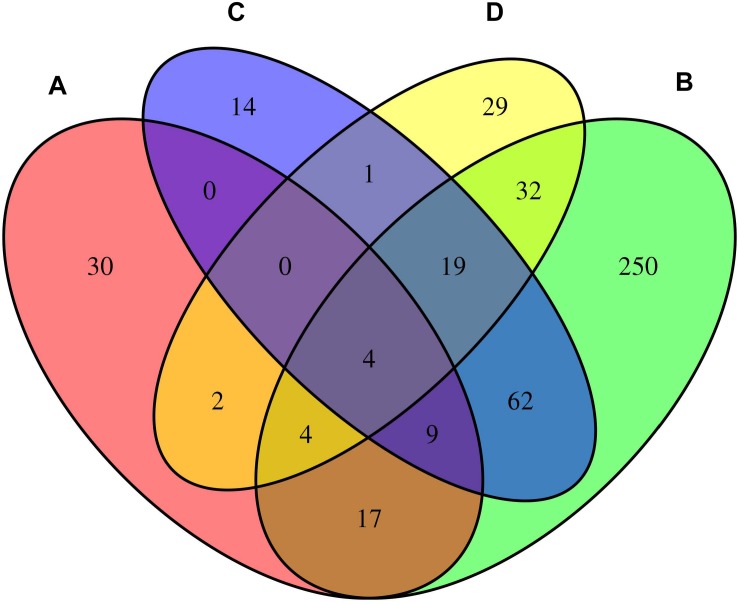
Asthma, hay fever and eczema are three comorbid illnesses with excessive prevalence and heritability. Their frequent genetic architectures haven’t been well-elucidated. In this examine, we first carried out a linkage disequilibrium rating regression evaluation to verify the sturdy genetic correlations between bronchial asthma, hay fever and eczema.
We then built-in three distinct affiliation analyses (metaCCA multi-trait affiliation evaluation, MAGMA genome-wide and MetaXcan transcriptome-wide gene-based exams) to establish shared threat genes based mostly on the large-scale GWAS leads to the GeneATLAS database.
MetaCCA can detect pleiotropic genes related to these three illnesses collectively. MAGMA and MetaXcan have been carried out individually to establish candidate threat genes for every of the three illnesses. We lastly recognized 150 shared threat genes, through which 60 genes are novel.
Functional enrichment evaluation revealed that the shared threat genes are enriched in inflammatory bowel illness, T cells differentiation and different associated organic pathways. Our work could present assistance on therapy of bronchial asthma, hay fever and eczema in scientific functions.

Association between blood aluminum and beta-2 receptor gene methylation with childhood bronchial asthma management.
Previous research have proven that environmental publicity to heavy metals has been associated to epigenetic adjustments, similar to DNA methylation in receptors concerned in pathogenesis of bronchial asthma.
One of those receptors is beta-2 adrenergic receptor (ADRB2). We carried out this examine to look at the affiliation between blood aluminum focus, blood ADRB2 5′ untranslated area (5′-UTR) methylation stage, and childhood bronchial asthma management stage.
Our outcomes confirmed a big optimistic affiliation between excessive blood aluminum focus (odds ratio, 16, 95% confidence interval (CI) [3.57 to 71.76], p < 0.001) and excessive blood ADRB2 5′-UTR methylation stage (odds ratio, 4.75, 95% CI [1.39 to 16.2], p = 0.013), and threat of uncontrolled bronchial asthma.
Multivariable logistic regression revealed that larger blood aluminum focus was independently related to elevated threat of uncontrolled bronchial bronchial asthma (odds ratio, 9.10, 95% CI [2.38 to 34.85], p = 0.0013], after controlling for age, intercourse, and blood ADRB2 5′-UTR methylation stage. In addition, blood ADRB2 5′-UTR methylation stage considerably correlated with complete blood aluminum focus in asthmatic youngsters (r = 0.480, p < 0.001).
We concluded that rising blood aluminum focus is a crucial impartial correlate of threat for uncontrolled bronchial bronchial asthma in addition to elevated blood aluminum focus brought about ADRB2 5′-UTR hyper-methylation with rising threat of uncontrolled bronchial bronchial asthma.
